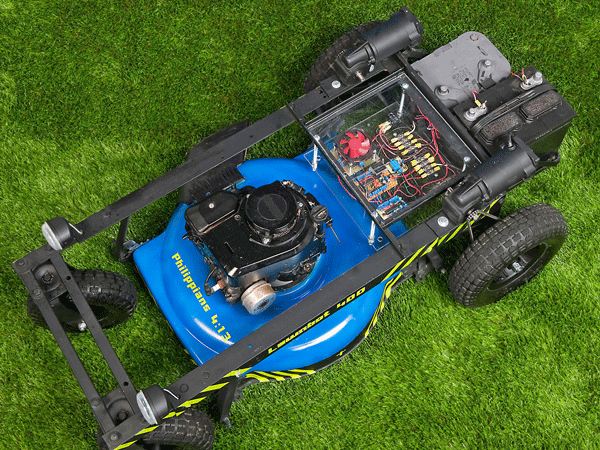Maximize Performance and Streamline Your Mowing Routine with the Best Lawn Mower Blade Sharpener
The blades of a lawn mower are an essential aspect of keeping your lawn maintained. The blades have a big impact on the look of your lawn, as well as the ease of maintenance to maintain.
To get the best lawn mower blade for your Professional lawn mower blade sharpener take into consideration the kind of grass you’ve got and the objectives you want to achieve for your yard. Blades are available in a variety of different designs, with each one designed to serve a particular purpose.
High-Lift Blades
These blades are specifically designed to fit a wide range of lawn mower decks including Exmark Triton models. They are manufactured to best quality standards to guarantee a sharp cut with excellent mowing results. They are easy to mount and have an even surface to allow for better airflow. This will help keep grass trimmings moving in the correct direction.
These mowers’ blades produce plenty of suction which assists in pulling the grass out as you cut it. This gives you an even and cleaner lawn surface than standard or low lift blades. These blades are great for bagging grass clippings, as they aren’t likely to clump, and can easily be disposed through the side chute.
This type of blade requires more power because it generates airflow on the mower deck. These blades aren’t suitable for sandy lawns, as they move grit around the deck of the mower. This can lead to wear and tear quicker.
Mulching Blades
It is crucial to ensure that you buy the right type of mulch blades if you’re searching for new blades for your lawnmower. The best way to do this is to read the manual for your lawn mower. Alternately, you could visit the website of the manufacturer to find out more about compatibility with the mower you’re considering buying.
A different blade could make the engine more difficult to work and impact its performance. Durability means that the blade will last a long time.
Straight blades are by far the most sought-after type of mower blade. They are effective on both wet and dry surfaces. However, it’s somewhat unreliable in areas that are dense with grass. They’re not ideal for bagging or side discharge However, they can excel in mulching.
Straight Blades
It is essential to choose a blade that matches the deck size of your lawnmower. You can do this by inspecting the old blade to see what it looks like and comparing it with the dimensions of the new blade. Be sure the blade you’re replacing has a stamped part number and the center hole pattern is in line with the shear-pin holes on your mower’s.
A wrong blade could result in damage to your mower. The engine is stretched and its ability to cut grass may also be affected. Additionally, the wrong blade can cause the mower to wobble.
For lawns with grass that is high, the highest-lift blades will be the best choice. They feature some “lift” or curve on the edge behind the cutting edge. This creates a vertical suction, which allows for more precise cuts. Blades are angled to ensure that the discharge chute doesn’t get blocked. They’re also suitable for side and bagging.
Holes in the Blade
Mower blades are available in a range of sizes, shapes and styles. When buying a new or new lawn mower blade, it is essential to ensure that all measurements are correctly, or else it could cause damage to your equipment and create unsafe vibration levels. This includes the overall length of the blade, the size of the central hole (or holes) and, if the blade has holes on the outside or holes, the distance between them.
Many blades have a stamped part number found between the center holes. This is a way to locate the OEM replacement blade or cross referenced high-quality aftermarket blade.
It is essential to take into consideration the overall blade length. If it’s too short, the mower won’t be able to cut as efficiently. Too long and it won’t be able to fit. The center bolt hole size isn’t the only factor to consider. Shear pin holes on the boss of the blade must also be matched for proper fit. The measurements are used to create precise blade specifications. Compatible blades for lawn mowers will then be located.

